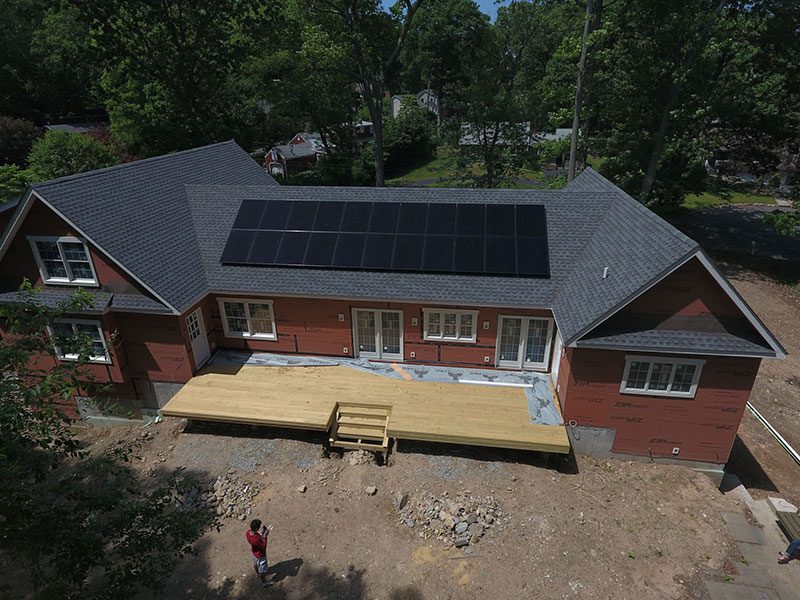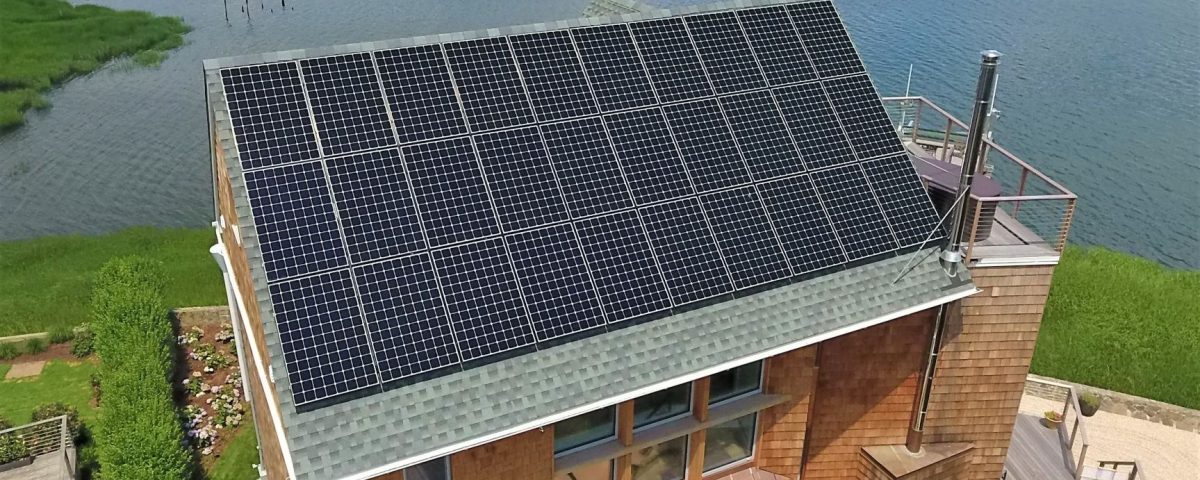Comparing Solar Panel Warranties
June 13, 2019Tips for installing a Solar Ground Mount
February 18, 2020Comparing Solar Panel Warranties
June 13, 2019Tips for installing a Solar Ground Mount
February 18, 2020You are currently in the process of designing your new home. You’ve been inspired by green environmental efforts around the county and want to contribute by reducing your carbon footprint as well. You want to make the best possible investment that you can in your new property so you’ve decided to increase the value by incorporating solar into its design, along with other energy efficient features. A study from the National Renewable Energy Laboratory (NREL) found that installing solar at the same time as the home construction can significantly cut costs. It also eliminates potential issues when installing solar.
Now that you’ve made the decision to go solar, all you need to know are some general installation guidelines for your new build. Here are some valuable tips for your new construction/solar project:
- Make sure your builder understands what you want to streamline the process.
- Check with zoning laws for your site to ensure future neighboring construction will not cast shade on your solar panels.
- Minimize rooftop equipment to maximize available open area for solar panel placement.
- In the design phase, pay attention to the placement of vents, dormers, chimneys, etc. Any of which can cause shading and hurt your energy production.
- Record roof specs and drawings.
- Avoid shading from trees and other structures.
- Consider the type of roof being installed. Slate tiles and cedar shingles for example are fragile, which means installing solar could take extra equipment and additional cost.
- Decide where solar panels would be mounted and consider installing hardware at the time the roof is being installed. Use flashings for every penetration.
- If the roof is sloped, the south facing section is best for panels and will optimize the system’s performance.
- The roof must be capable of carrying the load of the solar equipment (between 3-6 pounds per square foot).
- The wind loads on the rooftop solar equipment should be analyzed in order to ensure the roof structure is sufficient.
- Check for roof warranty! Do the terms involve solar installation?
- Identify electrical panel location for convenient PV system inter-connections, and keep space available in the electrical panel for a PV circuit breaker.
- Consider installation of the conduit from the main electrical panel location to roof. You’ll need to run conduit between solar panels and the electrical panel.
- Layout space for inverters and batteries if necessary.
- Make sure all electrical equipment is compliant with the National Electrical Code.
- Make building plans available to your PV installer that includes the roof. It is very important that your PV installer is experienced with new builds.
- Chose quality solar panels that will perform well over time to avoid replacing them before year 25 (the average life of a conventional panel).



